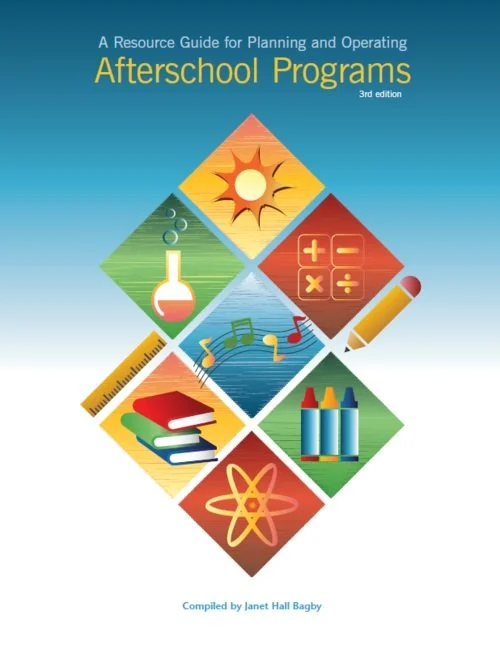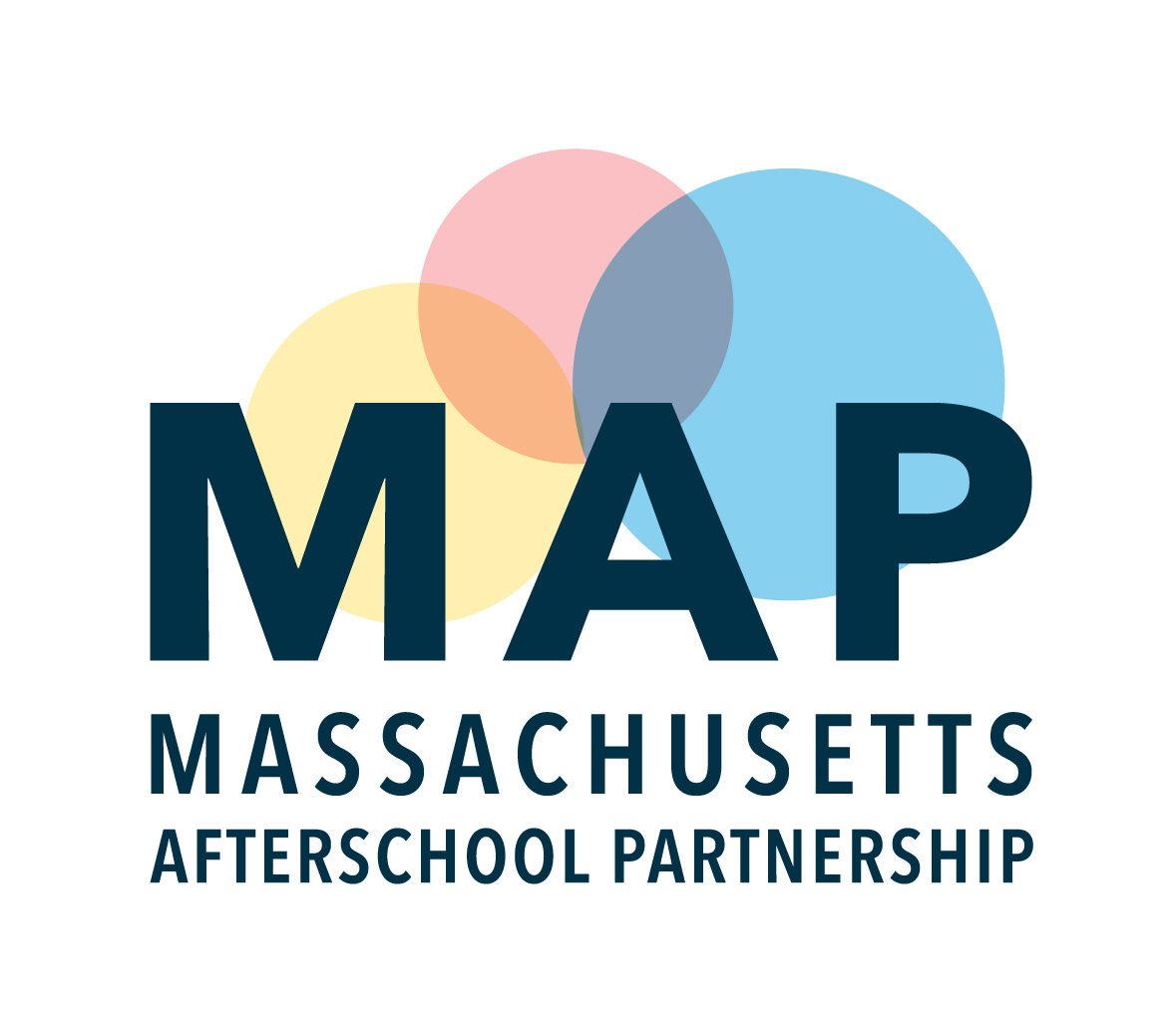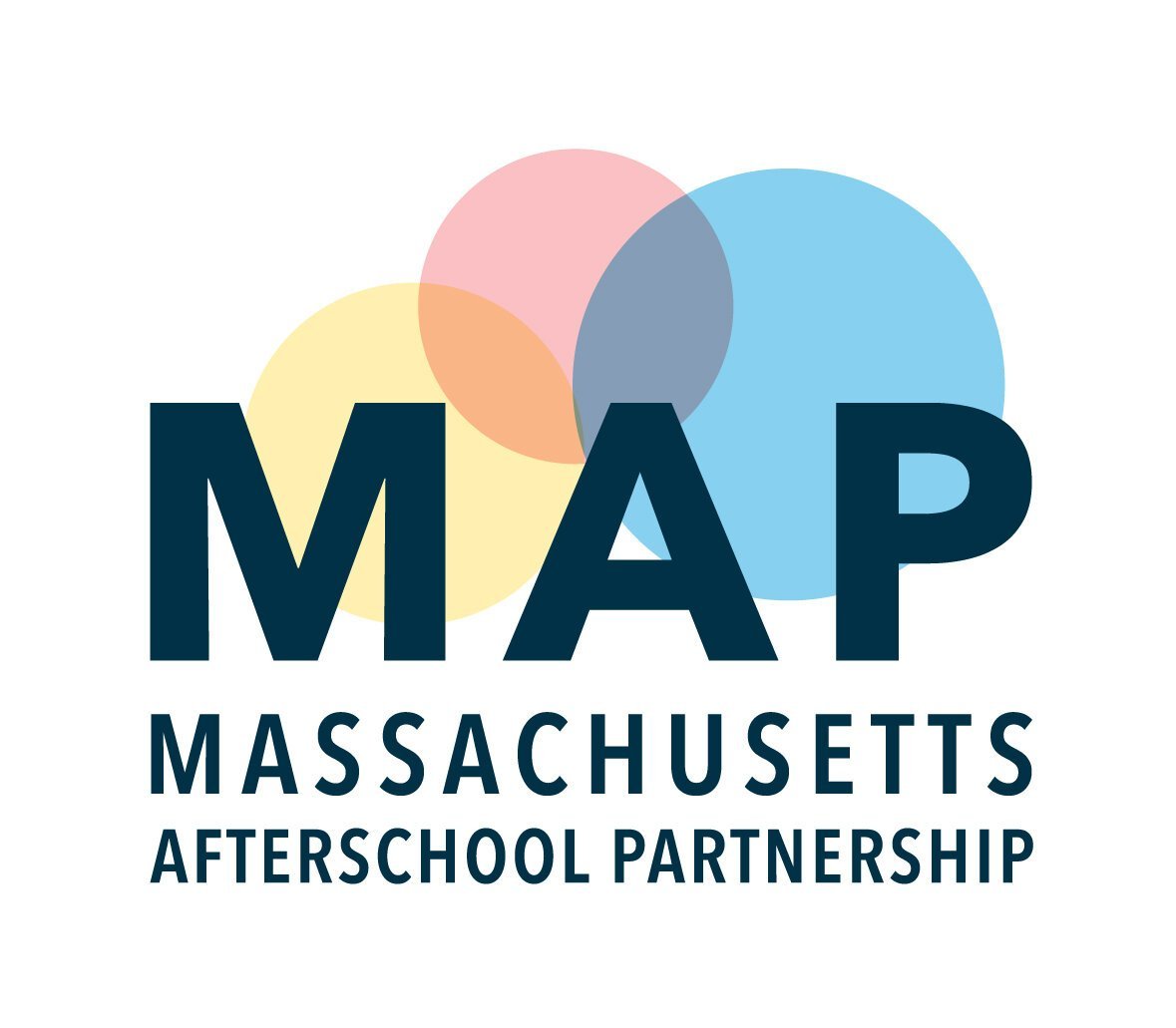
How to
Start and sustain an afterschool program
Where to begin?
-

A general guide
This report details what steps are necessary to start an afterschool program including your mission, funding goals, and other critical information.
-

Rural programming guide
Massachusetts is not as rural as many other states but there is still a lack of programming outside of the major metro areas. This guide gives a good overview of ways to build afterschool systems in areas with out a lot of other existing resources.
-

Resources for schools
This document provides resources for schools who want to expand afterschool activities. It gives a rundown of the ways afterschool programs can help accomplish school goals and how to build them into the program.
Where to find funding?
MAP has compiled a broad range of state and federal funding opportunities for afterschool programs. This is by no means a complete list, as it does not include many local, state, and federal private foundation grants, nor grants provided by other agencies whose primary role is not afterschool and summer learning.
If you think you have a funding source that others should be aware of, please contact us.
This information was provided by the relevant agency staff.
-
21st Century Learning Centers
The purpose of the federally funded 21st CCLC grant is to support the implementation of additional learning time through out-of-school time (OST) programming and/or through an expanded day referred to as Expanded Learning Time or ELT. Programming is designed to help close proficiency/opportunity gaps, increase student engagement, support social and emotional learning, and promote college and career readiness and success.
-
ASOST Quality Grant
The Quality Enhancements in After-School and Out-of-School Time (ASOST-Q) Grant Program (Fund Code 530) is a program funded through state line item 7061-9611. Funding is designed to enhance comprehensive and effective after-school and out-of-school time programming for students in grades K-12. Grants support children's and youth's academic, social, and emotional development outside of the regular school day, for public and non-public school-age students during the school year and over the summer months.
-
Title IVA
Many schools are not aware that Title IVA funds can be used for afterschool. Title IV Part A of the federal Elementary and Secondary Education Act provides districts with funds to build capacity and ensure that all students have access to a high quality educational experience. The priorities of Title IV are to:
1) Support well-rounded educational opportunities;
2) Support safe and healthy students; and
3)Support effective use of technology
-
Subsidies
EEC provides families with assistance when finding childcare through vouchers. Licensed afterschool programs can accept these vouchers and receive a daily subsidy for that child in the program. EEC's daily reimbursement rate for subsidized early education and care is based on multiple factors including the program type, the child's age, the location of care, and the type of care.
-
EEC Funded Professional Development
Providers with staff registered in the PQR will have access to professional development and technical assistance opportunities around the state. Through a network of partners, you can:
1) Provide professional development opportunities that build your knowledge, skills, and abilities.
2) Support paths that lead you to getting a certificate, credential, or degree.
3) Help you meet and maintain national accreditation.
4) Help you meet licensing requirements, quality standards, and upward movement in QRIS.
5) Help you advance your professional growth and enhance program quality.
-
ASOST-Rebound Grant
The goal of this state funded (line item 7061-9611) competitive grant program under Fund Codes 528-530 is to enhance the quality of and increase access to afterschool and out-of-school time (ASOST) programs in order to improve the academic, physical, social, and emotional wellness of school-age youth during the school year and the summer months. The Department of Elementary and Secondary Education is supporting two funding opportunities from the required 1% set asides from ARP-ESSER funding (approximately $36 million) for afterschool and summer programming. The overall goal of this grant is then to help ASOST programs rebound and strengthen quality of services from impacts of COVID-19 and thereby improve learning and social-emotional outcomes and access to enrichment opportunities for youth impacted as well.
-
Foundation Funding
Foundations are another source of funding that many afterschool programs can access. These funds are generally available through grant applications. Click the link below to look at a list of private giving foundations based in Massachusetts.
-
C3 Grants
EEC offers funding for programs in the form of C3 or “stabilization” grants. While these grants were first offered during the early stages of COVID-19 pandemic, the state legislature has continued funding through the coming years to support program sustainability. Funds can be used for personnel costs, benefits, stipends, and other supports for recruitment and retention; professional development and other investments to support staff in building educator qualifications; other investments to improve program quality such as supplies, curriculum, screening tools, etc.; and rent or mortgage payments, utilities, facilities maintenance and improvements, or insurance.

